#medieval spain
Text
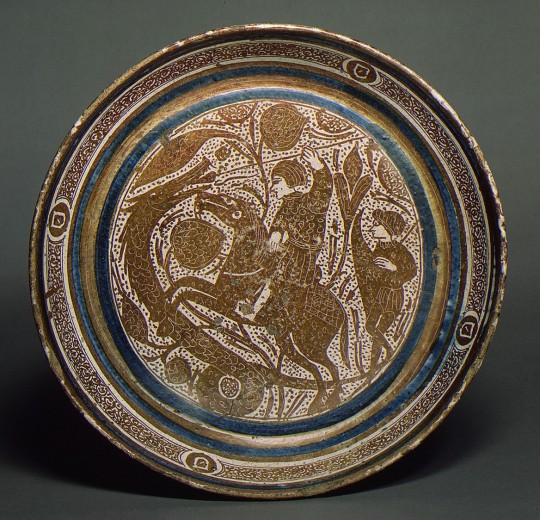



BEHOLD these beautiful dragon-themed plates from 15th-century Spain! These most likely come from the town of Manises, which was renowned for its lusterware. This type of pottery was heavily influenced by Islamic pottery, and the Spanish artisans who made these plates included both Muslims and Christians.
But anyway, DRAGONS!
These images come from the Metropolitan Museum of Art collection on JSTOR, which includes nearly half a million open access images for everyone.
3K notes
·
View notes
Text
35 notes
·
View notes
Text

Day 21: Knight - Berenguer Ramon II
I think it’s more painful if he loses his trial by combat despite being innocent of his own brother’s murder… And no one will ever believe him because of it :’)
#jenstober23#berenguer ramon ii#count of barcelona#medieval spain#medieval catalonia#knight#catalan tag#spain tag#11th century#history art#traditional art#inktober#inktober 2023#drawtober#drawtober 2023#artober#artober 2023#witchtober#witchtober 2023#twttwba#day 21
4 notes
·
View notes
Text
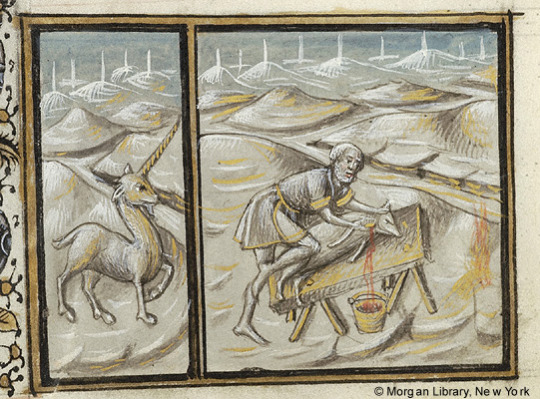
A unicorn for December
A unicorn (a representation of the Zodiac sign Capricorn) appears at the bottom of a calendar page for December, next to a depiction of the farming job associated with the month (butchering hogs).
Origin: Spain (Burgos or Segovia?)
Date: 1465-1480?
Now New York, Morgan Library, M.854 fol. 13v

#unicorn#medieval unicorn#unicorn capricorn#capricorn#greyscale#15th century#illuminated manuscript#manuscript#calendar#december#spain#medieval spain#spanish art
2 notes
·
View notes
Text
Michael A. Ryan. A Kingdom of Stargazers: Astrology and Authority in the Late Medieval Crown of Aragon. Ithaca, NY: Cornell University Press, 2011. Paperback edition. 214 pages.
Shop link in bio.
instagram
#astrology#astrological#late medieval#medieval spain#medieval history#medieval studies#occult#academic books#history books#bookseller#booksellers#Instagram
10 notes
·
View notes
Text
BERMUDO II
THE GOUTY
King of León
(born c. 953 - died 999)

pictured above is an imagined portrait of the King of León, by Gerónimo Fresno from 1851
-------------------- ~ -------------------- ~ --------------------
SERIES - Descendants of the Kings of Asturias: Bermudo was a great-great-grandson of Alfonsu III, one of the last Kings of Asturias from 866. Also, his great-grandfather Ordoñu II, King of León is considered to have been King of Asturias from 914, though he kept his base at León.
-------------------- ~ -------------------- ~ --------------------
BERMUDO was born around 953, at an unknown location in the Kingdom of León. His father was Ordoño III, King of León but his mother's identity is uncertain. To this day his origins are a mistery as it is not certain if he was born legitimate or illegitimate.
Some sources that consider him to have been legitimate believe that his mother was his father's recorded wife Urraca Fernández.
Though other sources believe that he was born during the period in which his father was separated from Urraca. So, to support his legitimacy they believe that his father could have married another unrecorded woman.
And another theory is that his mother was a mistress of his father, a certain Elvira.
He was a member of the Ordóñez Dynasty branch of the ASTUR-LEONESE DYNASTY, either from the legitimate or an illegitimate line.
His name was BERMUDO ORDÓÑEZ and as his legitimacy is not certain it is not known if he was considered an INFANTE OF LEÓN from birth.
Nothing is known of his early life, except that when his father died in 956 his half-uncle inherited the throne as King Sancho I. And it is believed that he lived at the Leonese court during the reign of his first cousin King Ramiro III, who inherited the throne in 966.
Probably before 981 he married a certain VELASQUITA, of uncertain origins, and they possibly had one daughter (check below). Sources diverge on who could have been her father, but as it is widely believed that her name was Velasquita Ramírez she could have been of Galician nobility as one of the daughters of Ramiro Menendiz and Adosinda Guterres.
There are also sources that believe that his wife could have been an unrecorded daughter of a previous Monarch of León, but these theories cannot be proven. These sources say that she could have been a daughter of either:
King Ordoño IV and most certainly his recorded wife Urraca Fernández (one of the womans believed to be the mother of Bermudo, so if this theory is correct Bermudo's mother must be another woman);
King Ramiro II and probably one of his wife's, either Adosinda Gutiérrez or Urraka Santxitz of Pamplona; or
King Ramiro III and his wife Sancha Gómez.
Also, another source suggests that his wife was one of the daughters of García Fernández, Count of Castile and Ava of Ribagorza.
It is believed that he married Velasquita before 981 because around 981-82 he was proclaimed and crowned as a rival KING OF GALICIA, by the nobility of Galicia and Portugal that was unsatisfied with the government of his cousin King Ramiro III.
His proclamation led to war between Galicia-Portugal and Castile-León, and the Kingdom of León was divided in two factions until the death of King Ramiro II in 985.
After his cousin died he succeeded as BERMUDO II, KING OF LEÓN, possibly because his cousin did not have legitimate heirs.
However peace between the two factions was not immediately achieved and he relied on the protection of the Caliphate of Córdoba, leaving to more dissatisfaction amongst the nobility over the next years. And over the years he also had to fight Muslim invaders.
Some sources believe that he repudiated his wife after Christmas Eve of 988, because that was the last time she was mentioned in a chart.
By 991 he married for a second time to ELVIRA, of Castilian nobility, and they possibly had four children (check the list below). She was one of the daughters of García Fernández, Count of Castile and Ava of Ribagorza, and according to some sources a sister of his first wife. He also had many illegitimate children.
At the end of his life his gout got worse and the King of León died in 999, at El Bierzo. He was probably in his fourties.
-------------------- ~ -------------------- ~ --------------------
Following his death he was succeeded by his eldest legitimate son as King Alfonso V. However as his son was aged around five, his second wife Elvira and her brother Sancho García, Count of Castile tried to govern the Kingdom of León.
-------------------- ~ -------------------- ~ --------------------
BERMUDO II had one child with a certain VELASQUITA... either his first wife or a mistress...
Cristina Bermúdez - wife of Ordoño Ramírez.
With his second wife ELVIRA he may have had four children...
Sancha Bermúdez - a nun;
Teresa Bermúdez - possible wife of Abdullah, King of Toledo or Almnswr bin Aby Eamr;
Alfonso V, King of León - husband first of Elvira Méndez and second of Urraka Gartzeitz of Pamplona; and
possibly Elvira Bermúdez - probably married.
And he had many illegitimate children...
Pelayo Bermúdez - probably unmarried;
Ordoño Bermúdez - husband of Fronilde Peláez;
Bermudo Bermúdez - probably unmarried;
Piniolo Bermúdez - probably unmarried;
Elvira Bermúdez - possible wife of Nuño García;
Sancha Bermúdez - probably married.
It is not certain if Elvira was her daughter or an illegitimate offspring of her husband.
After King Bermudo II died in 999, Elvira may have acted as Regent for her son King Alfonso V with the support of her brother Sancho García, Count of Castile, although the real power was exercised by Mendo Gundisalviz, Count of Portugal.
By the mid 1010s her influence over her son may have decrease and she died in 1017, in an unknown location.
-------------------- ~ -------------------- ~ --------------------
Check my posts on BERMUDO II's family, his Royal House and his connections to the Kings of Asturias!
He was born a member of the Ordóñez Dynasty branch line of the Astur-Leonese Dynasty.
In a span of five generations, ORDOÑO III was related to the Kings of Asturias through his father…
His father was Ordoño III, King of León.
His grandfather was Ramiro II, King of León.
His great-grandfather was Ordoñu II, King of León - possibly the King of Asturias between 914-24.
His 2x-great-grandfather was Alfonsu III, King of Asturias - the King of Asturias between 866-910.
#bermudo ii#king of león#middle ages#medieval spain#medieval europe#astur leonese dynasty#royals#royalty#monarchy#monarchies#asturian royalty#spanish royals#royal history#asturian history#spanish history#iberian history#european history#world history#history#reconquista#10th century#history with laura
4 notes
·
View notes
Text

he survives off echolocation alone
#how tf did he survive in medieval times#bro has the prettiest eyes as part of the Faustian bargain that he can’t actually see through em#I’ve never drawn France before but it wasn’t as bad as I thought it was gonna be#they’re at the beach beach :)#ninki minjaj…#hetalia fanart#hetalia#btt#bad friends trio#i actually have no idea what we’re calling them now#world’s fakest bitches <3#digital art#my art#fanart#hws prussia#hws spain#hws france#gilbert beilschmidt#antonio fernandez carriedo#francis bonnefoy
912 notes
·
View notes
Text
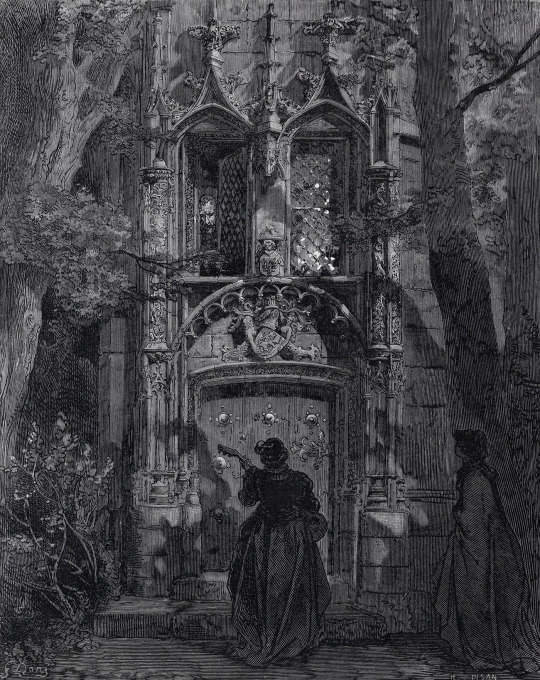
The Mock Serenade (Cervantes' Don Quixote) by Gustave Doré
#don quixote#serenade#art#gustave doré#miguel de cervantes#architecture#heraldry#chivalry#chivalric romance#spain#spanish#medieval#middle ages#knight errant#knight#knights#hidalgo#europe#european#don quijote#alonso quijano#alonso quixano#cervantes#coat of arms#gothic#history#serenades#romantic
566 notes
·
View notes
Link
The King of France had three daughters....
The youngest of them did her embroidery.
A dream came to her.
"I stood at the door, and beheld the full moon.
I stood at the window, and beheld the morning star.”
0 notes
Photo

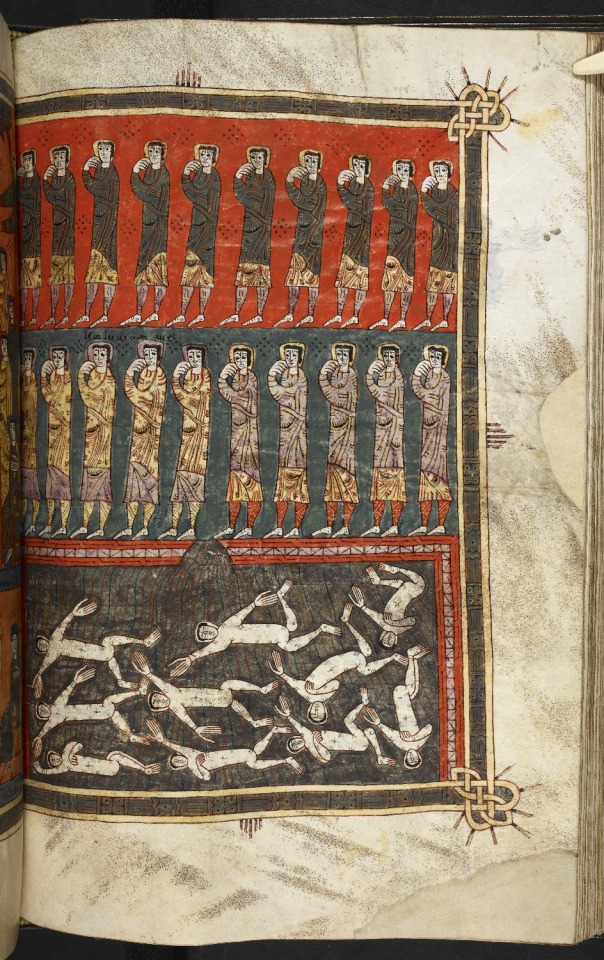
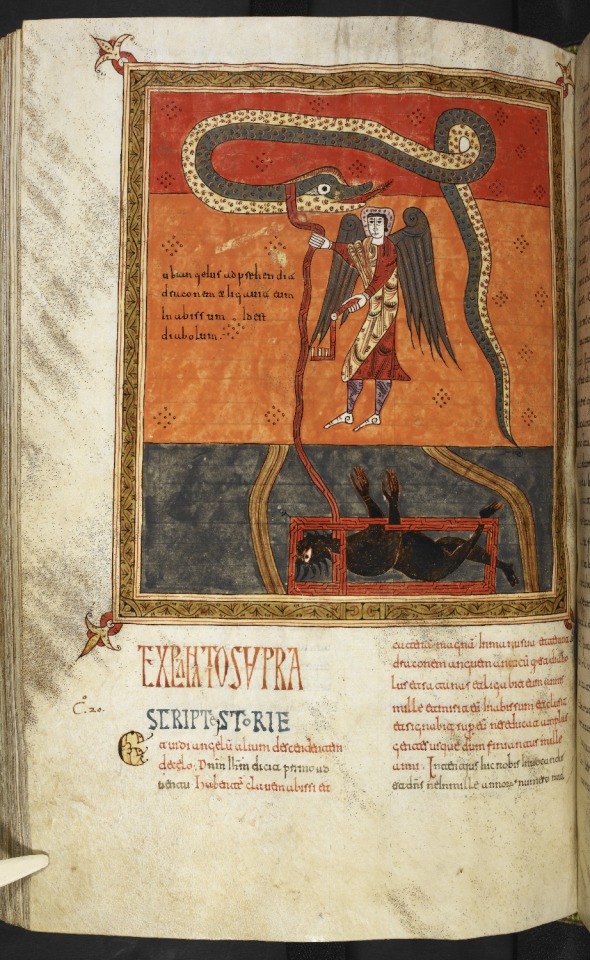



Beatus of Liébana, Commentary on the Apocalypse, Northern Spain, end of 10th century
Pages depicting the Last Judgement (top), the angel enchaining Satan (Revelation 20:1-3, middle left), angels restraining the four winds (Revelation 7:1-3, middle right), and the 144,000 chosen from the twelve tribes of Israel (Revelation 7:4-12, bottom)
British Library Catalogue of Illuminated Manuscripts (Additional 11695)
3K notes
·
View notes
Photo
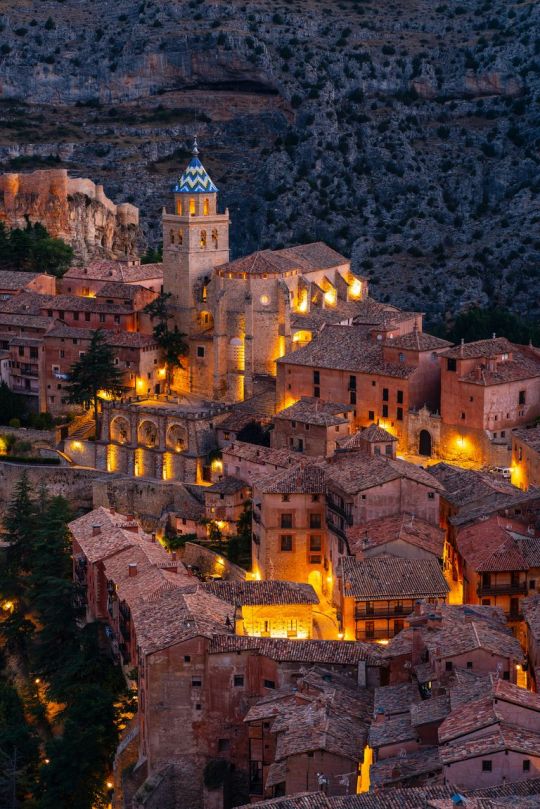
Albarracin - Teruel (Aragon), Spain
#aragon#teruel#spain#europe#medieval#albarracin#arch#medieval europe#narrow strteet#travel#wanderlust
3K notes
·
View notes
Text

Alcázar de Segovia - ESPAÑA
#alcazar de segovia#alcazar#segovia#castillo#medieval#castle#castilla y león#castile and leon#españa#spain#europe#europa
225 notes
·
View notes
Text
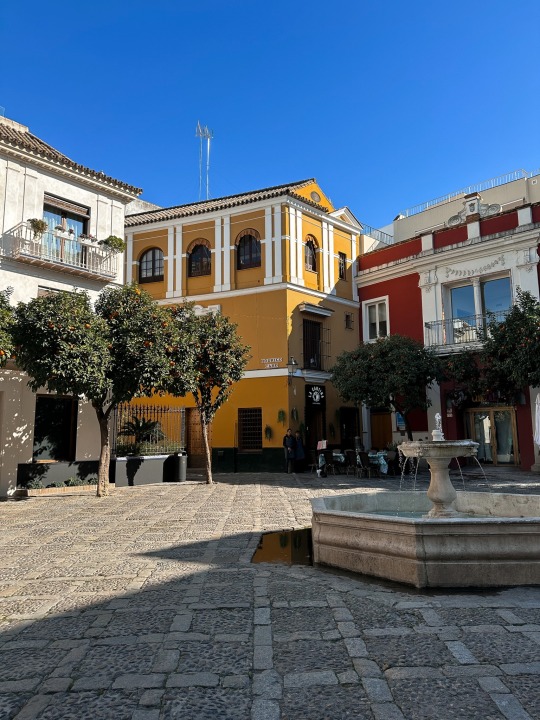

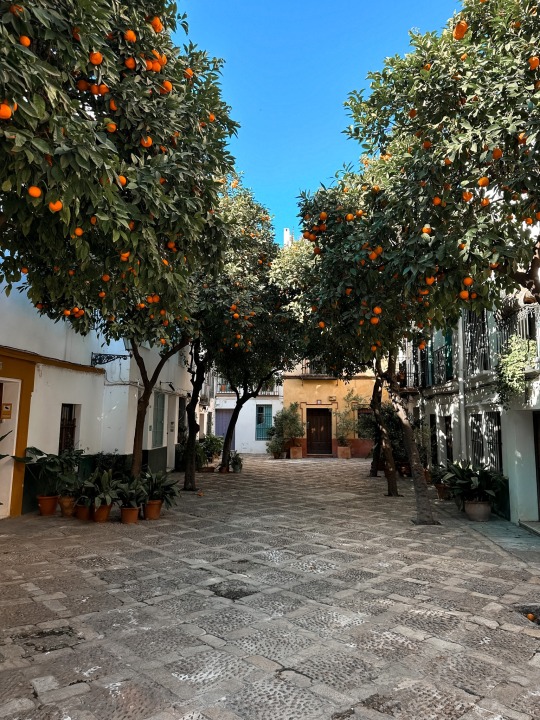

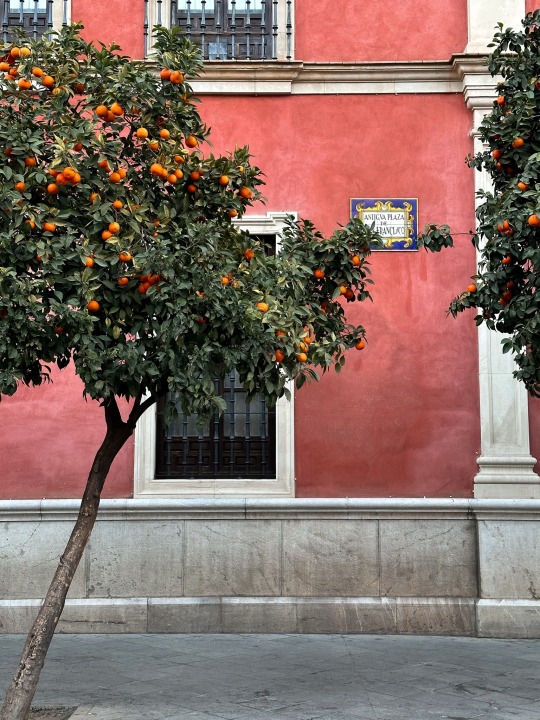
Seville (Spain)
#seville#spain#europe#travel#travel photoset#travelphotography#travel inspo#photography#view#architecture#city#landscape#nature#vsco#sky#travel photography#explore europe#cityphotography#medieval#cottagecore
912 notes
·
View notes
Text
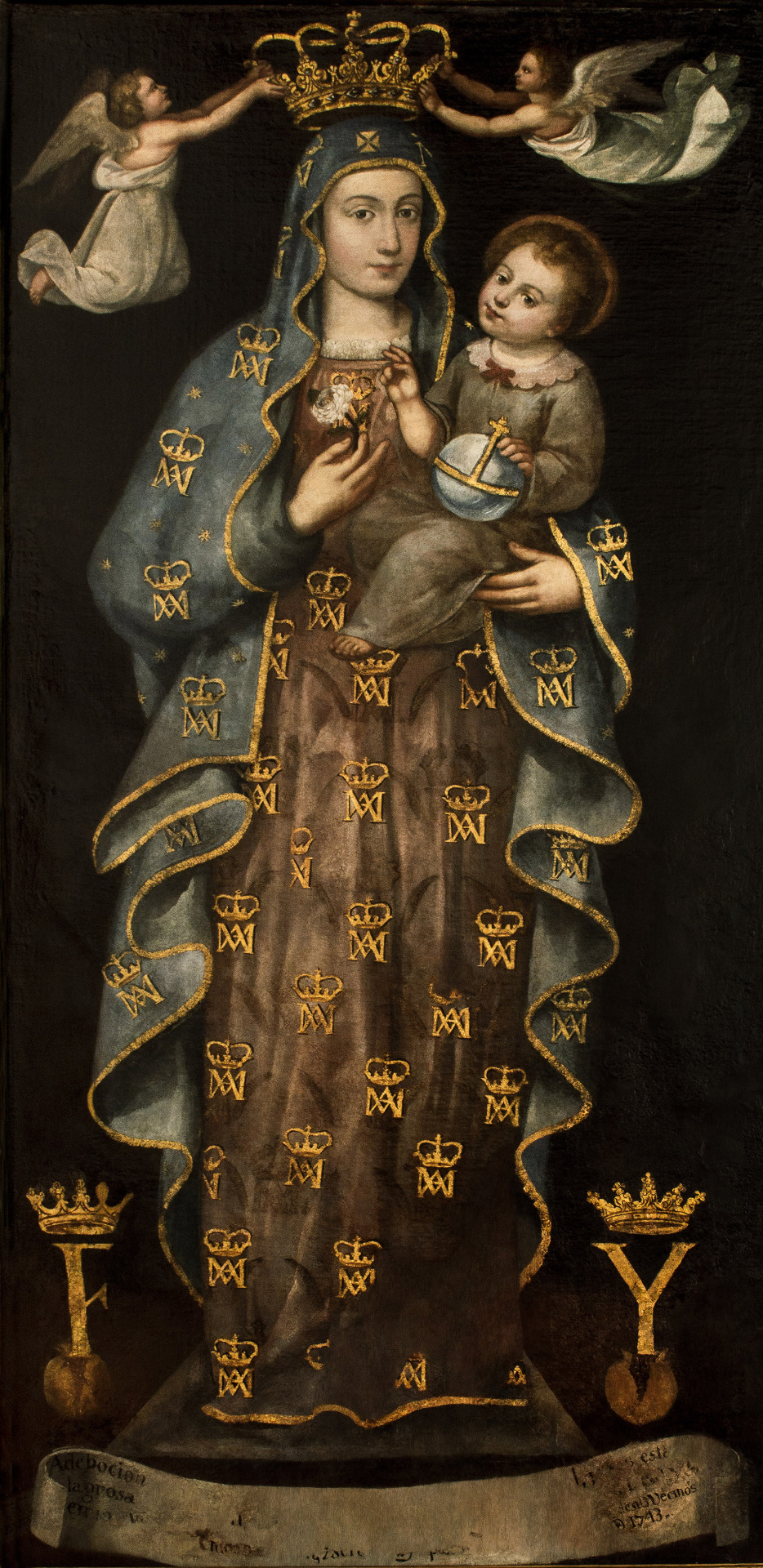
Spanish School, ca.1500
Virgen de la Antigua o de la Rosa
Museo de Bellas Artes de Granada
#spanish#spain#spanish art#hispanola#hispano#hispanic#art#fine art#medieval#medieval europe#mediterranean#european art#classical art#europe#european#oil painting#fine arts#europa#christian art#christianity#christentum#catholic#catholic art#catholicism#roman catholic#christian
232 notes
·
View notes
Text

Old Town of Tarragona (Spain)
#tarragona#catalonia#spain#cataluña#españa#mediterranean#travel#europe#medieval#architecture#photographers on tumblr#beige#beige aesthetic#tarraco#travel europe#wanderlust#old city#history
67 notes
·
View notes
Text
ORDOÑO III
King of León
(born c. 926 - died 956)

pictured above is an imagined portrait of the King of León, by Isidoro Lozano from 1852
-------------------- ~ -------------------- ~ --------------------
SERIES - Descendants of the Kings of Asturias: Ordoño was a great-grandson of Alfonsu III, King of Asturias from 866. Some sources consider that his grandfather Ordoñu II, King of León was also King of Asturias from 914, although ruling from León.
-------------------- ~ -------------------- ~ --------------------
ORDOÑO was born around 926, somewhere at the Kingdom of León. He was the second son of Infante Ramiro of León and his first wife Adosinda Gutiérrez. As at the time of his birth his father may have already been the ruler of the County of Portugal he could have been born there.
He was a member of the Ordóñez Dynasty branch of the ASTUR-LEONESE DYNASTY and was named ORDOÑO RAMÍREZ, meaning Ordõno son of Ramiro.
In the 930s a lot happened in his life. By 930 his father probably reputiaded his mother. While in 931 his father succeeded as Ramiro II, King of León and he became an INFANTE OF LEÓN. And around 932-34 his father remarried to Urraka Santxitz of Pamplona.
Around 944 he marrried URRACA, of Castilian nobility. She was a niece of his stepmother as one of the daughters of Fernán González, Count of Castile and Antsa Santxitz of Pamplona. They possibly had one son.
Very little is known about his life before his father's death in 951, when he succeeded as ORDOÑO III, KING OF LEÓN because his older brother was already dead.
Though his succession was challenged by his younger half-brother Infante Sancho with the support of the Count of Castile and the Kingdom of Pamplona.
So some sources believe that because his father-in-law the Count of Castile supported his half-brother's claim over his own he reputiaded his wife around 952-53.
As it is believed that his only son was born during the period in which he was separated from Urraca, some sources believe that the mother of this child could have been an unrecorded second wife or a mistress.
Trying to work out a plausible maternal ancestry for his son, some sources believe that the mother of this child could have been a certain ELVIRA, one of the daughters of Pelayo González, Count of Deza and Hermesinda Guterrez.
But as these speculations clash out with his recorded wife having been mentioned again in charters from June 954, it is believed that he probably reconciled to Urraca before that.
Hence there are no consensus over who was the real mother of his only child or if he was legitimate or illegitimate.
It is believed that he could have probably reconciled with his wife do to the Count of Castile having changed sides and having began to support his claim over the throne.
At the beginning of his reign he also had to endure internal rebellions and Muslim attacks, but succeeded in signing a truce with the Muslims from the Caliphate of Córdoba.
Also during his reign the Kingdom of León continued to have problems with the growing power independence of the County of Castile and he ended up briefly making piece with his father-in-law.
The King of León died in Zamora, in 956, probably already in his thirties.
-------------------- ~ -------------------- ~ --------------------
After he died his half-brother could finally become King Sancho I, as the uncontested Monarch of León, probably because his only son was still a child.
However, around 958 his half-brother was deposed and King Ordoño III's widow was married by her father to the new King Ordoño IV (a cousin of King Ordoño III). Not long after, she would also end up becoming a Queen Consort of Pamplona through her third marriage to King Antso II.
By 985 his only son could finally inherit the Kingdom as Bermudo II, King of León. And it is through his son that all subsequent Monarchs of León and Spain are his descendants, and also all Monarchs of Castile since 1065.
-------------------- ~ -------------------- ~ --------------------
Check my posts about ORDOÑO III's family, his Royal House and his connections to the Kings of Asturias!
ORDOÑO III had one child... either legitimate or illegitimate
With his wife URRACA, an unrecorded second wife or a mistress...
Bermudo II, King of León - husband first (possibly) of Velasquita and second of Elvira of Castile.
He was born a member of the Ordóñez Dynasty branch line of the Astur-Leonese Dynasty.
In a span of four generations, ORDOÑO III was related to the Kings of Asturias through his father…
His father was Ramiro II, King of León.
His grandfather was Ordoñu II, King of León - possibly the King of Asturias between 914-24.
His great-grandfather was Alfonsu III, King of Asturias - the King of Asturias between 866-910.
#ordoño iii#king of león#middle ages#medieval spain#medieval europe#astur leonese dynasty#royals#royalty#monarchy#monarchies#asturian royalty#spanish royals#royal history#asturian history#spanish history#iberian history#european history#world history#history#reconquista#10th century#history with laura
2 notes
·
View notes